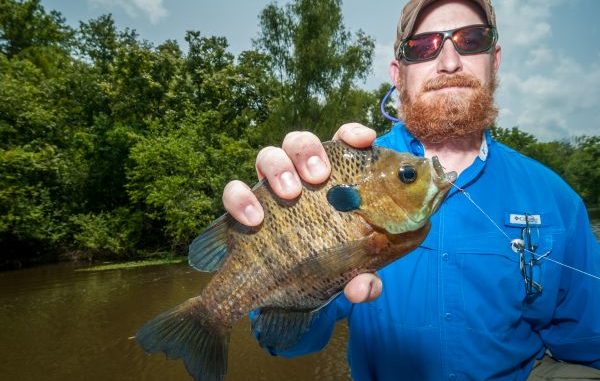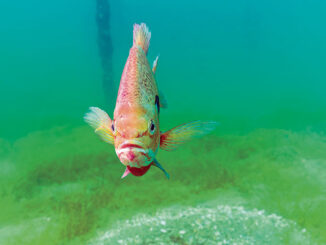
Crickets producing bedding bream action
It’s been at least 25 years since my younger brother Greg, my dad Allen and I fished together. So it was an even bet whether or not we’d all survive the trip when we loaded up Monday morning to make a bream-fishing trip to the Atchafalaya Basin.
Three Crawfords on 17 feet of Cajun Special can be a scary thing.
It turned out to be a fantastic day of laughing (mostly at each other) and catching some of the biggest bluegills any of us had seen. The final count was 113 bream and eight catfish — including one bream that went just shy of a pound.
Monsters.
And we caught them all in a stretch of the upper Basin out of the Bayou Sorrel landing measuring no more than 50 yards.
My dad had located some fish in the area last week, catching about 25 nice bream in another canal in the area. His spots produced only catfish, and we bumped around until we saw a likely runout.
Crystal-clear water was drifting out of the cut and mixing in the canal, producing water that was a bit prettier than the rest of the area. That clean water seemed to be one of the keys to success.
The expectation was that it was too late to find bedding bream, but by the end of the day we were convinced the fish still are bedding. There were key spots where we caught fish after fish throughout the day, and these weren’t skinny summer fish. They were all thickly muscled specimen, and most of the females were packed with eggs when we cleaned them.
We tried fishing flooded cypress, but they were barren. Instead, they were tucked under a huge laydown bush and out in the bald-open sun. We assumed there was cover we couldn’t see, but shade didn’t seem to be necessary.
We caught every fish on crickets under slip corks set at about 2 feet deep.
The bite wasn’t aggressive; seldom would the cork dive. Usually, the cork would simply lay flat or stop moving in the current.
And water movement was important. Whether it was the opening of the Bayou Sorrel locks or crew boats moving around in the surrounding canals, but the water would begin moving and the bite would pick up. When the current slowed, so did the bite.
It might take a bit of work to find a few fish, but when you get a bite it’s worth stopping and giving it some time. The outcome could be more fish than you really want to clean.
